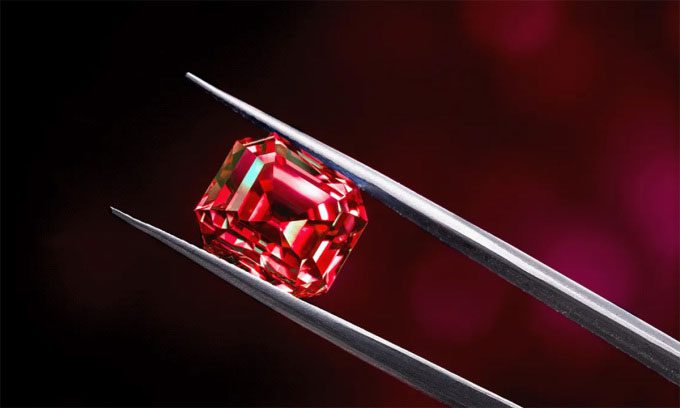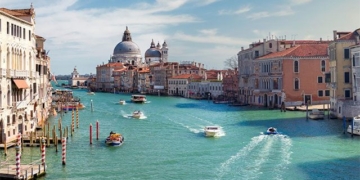Unlike other diamonds that derive their color from impurities, red diamonds are pure carbon and extremely rare, with an estimated 20 to 30 specimens existing worldwide.
Diamonds come in various shapes, sizes, and colors, ranging from impressive pinks to ancient black diamonds believed to have formed in outer space. Among them, red diamonds are often considered the most valuable and rarest, with only 20 to 30 specimens estimated to exist globally, according to IFL Science on June 13.

Red diamonds are sought after for their beauty, mystery, and rarity. (Photo: Levon Avagyan).
The majority of red diamonds are found in South Africa, Australia, and Brazil. They acquire their rare color due to an unusual aspect of their formation process. Unlike diamonds that get their color from chemical impurities, such as nitrogen in the diamond structure, red diamonds are actually pure carbon. Rubies are famous red gemstones, but they derive their color from corundum and chromium rather than carbon.
The exact formation process of red diamonds remains a debated mystery among geologists. Some experts suggest that the red color originates from a plastic deformation process, where pressure beneath the Earth’s surface alters the molecular structure of the diamond, according to Diamond Rocks London. The Diamond Pro also mentions that another explanation is that deformations in the earth contribute to the red color.
The result of this process is that most red diamonds are relatively small, typically ranging from half a carat to one carat. Nevertheless, they are among the most expensive diamonds in the world, usually priced around one million USD per carat. This type of diamond is so rare that, from 1957 to 1987, no pure red diamonds were graded by the Gemological Institute of America (GIA).
The largest red diamond in the world, known as the Red Shield or Moussaieff Red, was discovered in Brazil in 1989 and sold for 8 million USD in 2021. The Red Shield weighs 5.11 carats, corresponding to approximately 1.6 million USD per carat.





















































